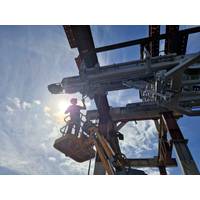
Vestdavit Hits New Sales Record as Orders Increase 76% From Last Year
davit systems with proven reliability for navies around the world, including the US, UK and Australia.While the U.S. is the company’s biggest naval market, its davits are in use by the vast majority of navies within the Nato alliance and it also secured its first naval orders in Canada and Colombia last year, according to Isaksen.One of the sales highlights for the company last year was securing its single biggest-ever order to the tune of $5.84 million (NOK 62 million), which was awarded by an undisclosed Nato naval customer for multiple davits to be installed on three newbuild vessels.Vestdavit
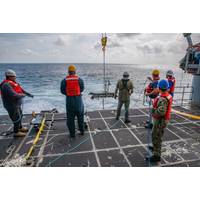
Wave Glider Launched from a US Navy Fast Transport Ship
mariners and civilian contractors in a collaborative effort to successfully launch a Liquid Robotics Wave Glider unmanned surface vehicle (USV) from expeditionary fast transport ship USNS Burlington (T-EPF 10), June 30, 2023.The launch took place during the Burlington’s transit to Cartagena, Colombia ahead of the start of UNITAS LXIV. Colombia is this year’s host for UNITAS, longest-running annual multinational maritime exercise in the world, scheduled to start on July 11, 2023.“UNITAS is so unique and full of opportunities for innovation, providing an ideal location to experiment

Wanted: A Sea-change in Climate Finance for Oceans
that they can move from being $50-$150 million funds to $300 million, $1 billion?”Sack emphasizes the need for equity and accountability to be built into any ocean investment product, “blue carbon” being one of them. One particular mangrove conservation project in Cispatá Bay, Colombia, is often cited as a good example of what high quality means in this space, where communities as well as carbon are factored in. The project, on Colombia’s Caribbean coast, was the first to measure and monetize the carbon that mangroves sequester in their soil, using methodology developed
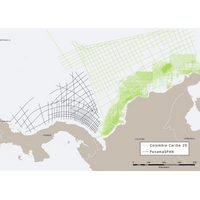
ION Geophysical Reprocesses 62,000 km of Colombia's Vintage Offshore Seismic Data
Offshore seismic data company ION Geophysical has completed reprocessing of the prestack time and depth imaging of over 62,000 km of legacy data acquired from the National Hydrocarbon Agency of Colombia (ANH) for its Colombia Caribe 2D reprocessing program. The Caribe Colombia Reprocessing project is a 2D multi-client program designed to improve understanding of the area and tie all main offshore wells.According to ION Geophysical, the multi-client reprocessing provides a consistent parameterization of 18 surveys with vintages ranging from 1982 through 2014, and, combined with its PanamaSPAN and
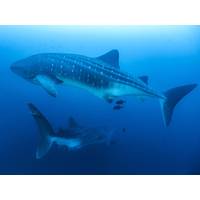
Galápagos: Extended Protection for Marine Resilience and Biodiversity
60,000 km2 proposed. The expansion includes what is known as the Cocos-Galápagos Swimway, a “no-take” migratory marine highway that stretches 30,000 km2 and connects the GMR with protected waters around Cocos Island off the coast of Costa Rica. The two countries, along with Panama and Colombia, have also agreed to link their respective marine protected areas (MPAs) to create the Eastern Tropical Pacific Marine Corridor, one of the largest MPAs in the world.The news arrived in a timely manner as environmental experts and organizations grapple with the challenge outlined at COP26 of keeping
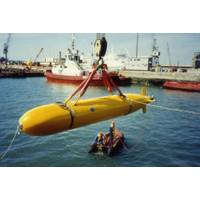
Subsea Vehicles: Diving into the Autosub Program
. “The distributed architecture of the system was really ground breaking,” he says. Operations in 1999, with Autosub 2 in Antarctica. All images from the National Oceanography Center.1996 had been a big year for AUVs. MIT’s Odyssey II had completed a survey off British Colombia and International Submarine Engineering’s Theseus laid a 175km fiber optic cable under sea-ice in the Canadian Arctic. Woods Hole Oceanographic Institution’s Autonomous Benthic Explorer had also been making observations around the Juan de Fuca ridge. This wasn’t inexpensive work
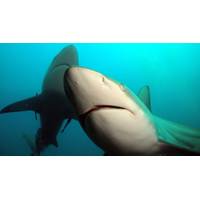
Project Uses DNA to Combat Illegal Trade of Aquatic Wildlife
DNA tests to combat illegal wildlife trade, which is one of the most detrimental activities against biodiversity worldwide,” said Dr. Cardeñosa. “The tool is showing that, if it has DNA, we can use it for a number of wildlife trade issues. Our work with authorities in Hong Kong, Peru, and Colombia has been incredibly successful to combat illegal trade in sharks, eels, and turtles. Now we are looking to expand the use of this tool to other key countries and make in-port DNA-testing an everyday practice.”The DNA Toolkit uses toaster-sized, portable units to conduct DNA testing of wildlife
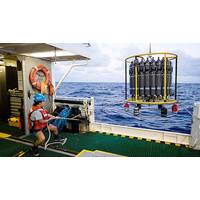
BIOS: North Atlantic Carbon Sink Shrinking Due to Warming
An analysis of North Atlantic Ocean water masses has made it clear that the effects of a warming planet extend beyond biology—they impact the physics of ocean circulation, too. The research, recently published in Nature Climate Change, was conducted by scientists from the University of British Colombia, the Bermuda Institute of Ocean Sciences (BIOS), the French Institute for Ocean Science at the University of Brest, and the University of Southampton.One particular layer in the North Atlantic Ocean, a water mass called the North Atlantic Subtropical Mode Water (STMW), represents around 20% of the

Damen Inks Deal for Hydrographic R/V
.Cotemcar will build the hydrographic and oceanogrpahic research vessel for DIMAR (Direccion Maritima – Maritime Authority) at their Mamonal location. The vessel, which will be 83 meters in length with a beam of 16 meters, will be the largest and most complex vessel ever to be built in Colombia.DIMAR will operate the vessel in Colombian waters, both Pacific and Caribbean, and will also sail it to the Antarctic. The vessel has various types of hydrographic equipment on board, including all deck equipment, for example, a large A-frame on the aft, and also extensive laboratory capacity



 February 2024
February 2024





